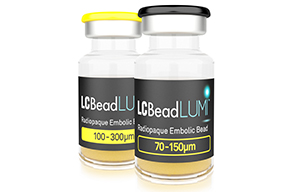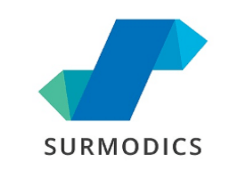
The first liver cancer patient has been treated with LC Bead Lumi radiopaque embolic bead (BTG) in conjunction with Philips Live Image Guidance, targeting a hypervascular tumour with the goal of blocking blood flow to achieve tumour necrosis.
This this technology, doctors should be able to see—rather than assume—the location of the LC Bead LUMI. The next generation embolic can be visualised during interventional procedures, which is intended to allow enhanced visualisation to evaluate completeness of tumour treatment.
“The aim with this new radiopaque embolic bead and visualisation technology is to provide clinicians like me the ability to make real-time adjustments while conducting the embolization procedure, so that we can optimise patient’s treatment and hopefully improve targeting accuracy,” says Bradford Wood, director of the US National Institutes of Health (NIH) Center for Interventional Oncology and chief of Interventional Radiology. “It is reassuring for the clinician and the patient to know that the treatment was delivered exactly where it was aimed, and where it was needed. Treating the first patient using LC Bead LUMI in combination with dedicated Philips 2D X-ray and 3D CBCT image guidance is a milestone in our public-private partnership with both of our industry research partners. The imaging of the beads during this first procedure was exquisite and provided valuable information.”
LC Bead LUMI has been developed with radiopacity technology in collaboration with Philips. It is designed to enable real-time visualisation of bead location during embolization. According to a press release, LC Bead LUMI, supported by Philips Live Image Guidance, has the potential to offer interventional radiologists more control, allowing enhanced visualisation to evaluate the completeness of tumour treatment and end-point determination.
Peter Pattison, Interventional Oncology general manager, BTG, says, “Several years ago, we began scientific collaboration with Philips to evaluate the benefits of better image-guided therapy, and this venture resulted in the ability to calibrate Philips’ imaging software to LC Bead LUMI.”
LC Bead LUMI was cleared for clinical use in the USA in December 2015 after extensive laboratory testing based on the clinical foundation of its predicate device, LC Bead.












